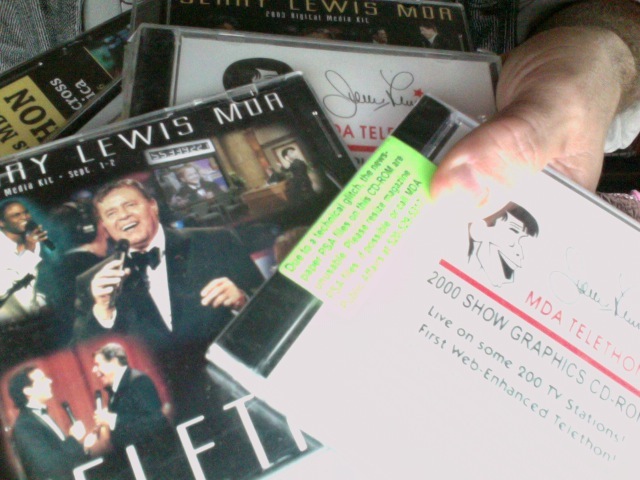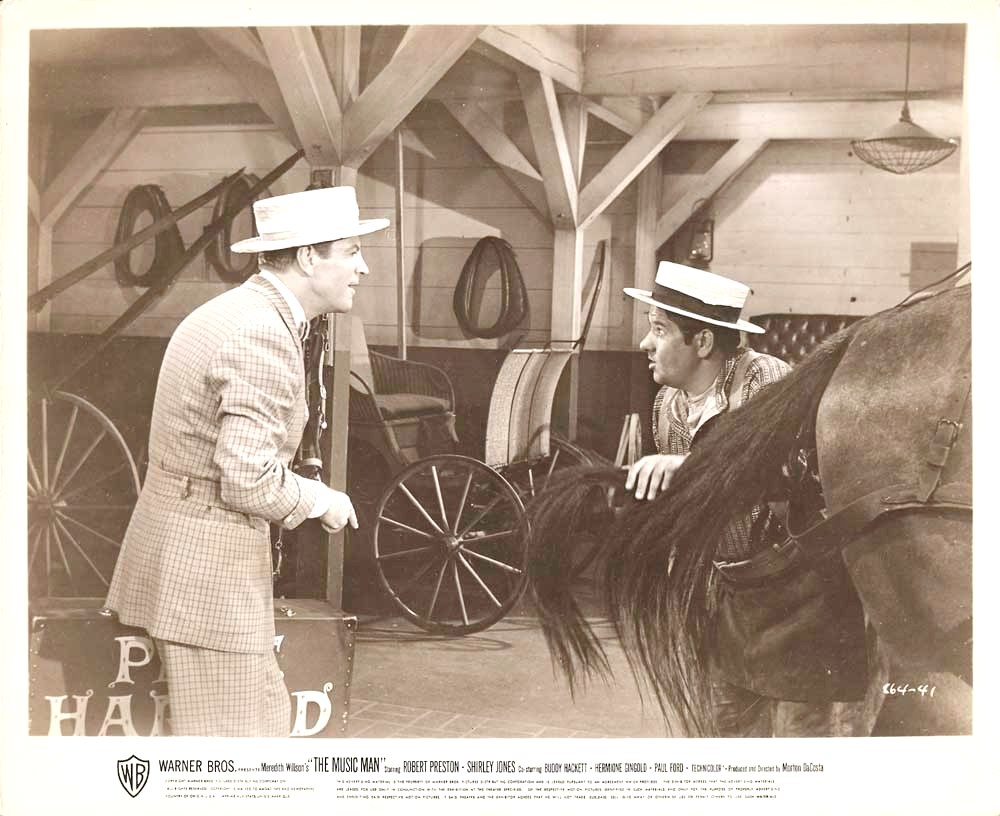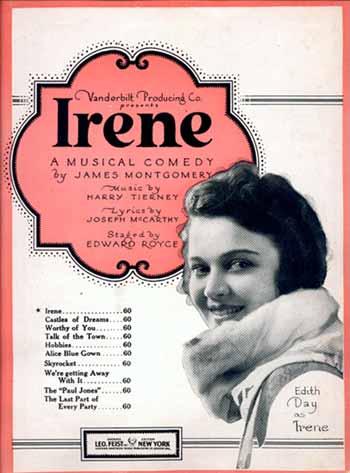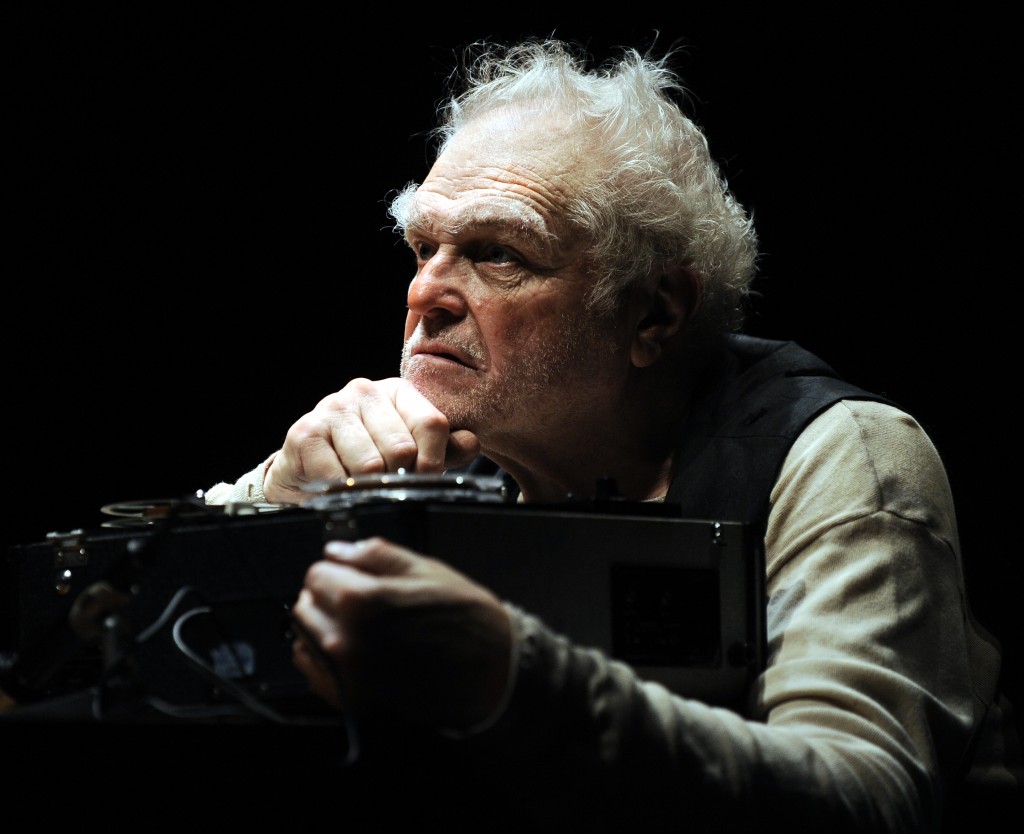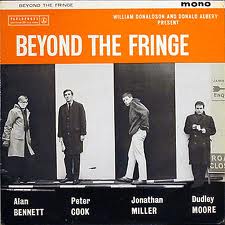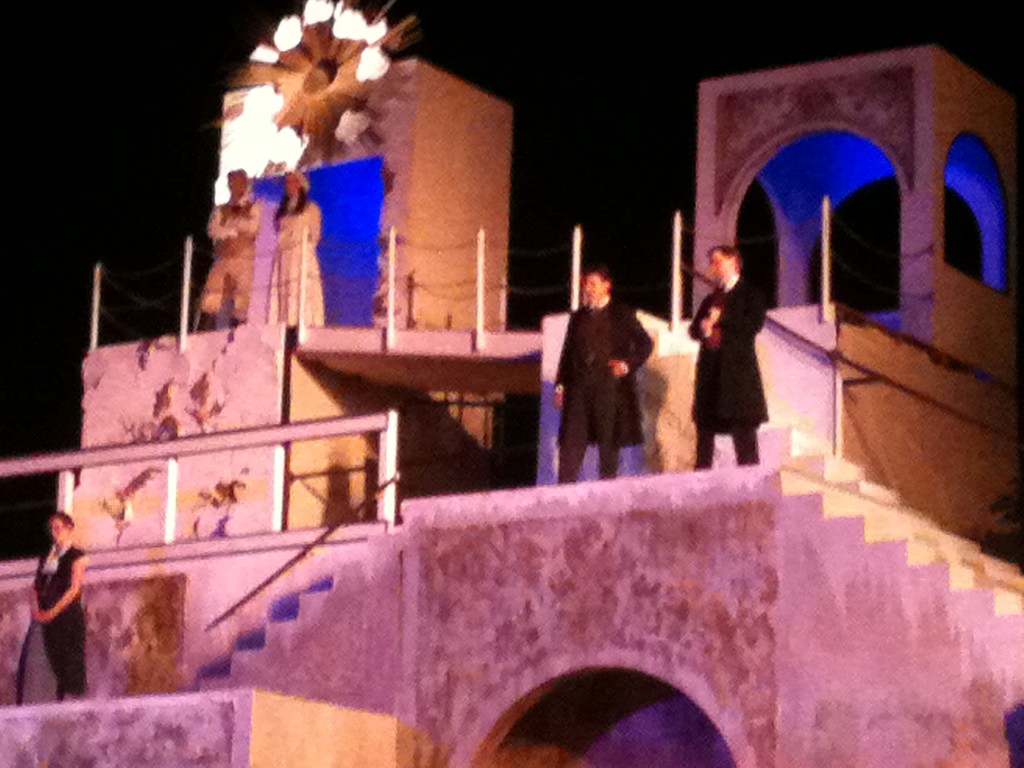
Curtain call from the Aug. 20 performance of Measure for Measure by the Elm Shakespeare Company in Edgerton Park. Snapped by Christopher Arnott on his iPhone.
Continues Aug. 23-28 and Aug. 30-Sept. 4, 8 p.m. outdoors in Edgerton Park, New Haven. (the big park on the New Haven/Hamden line, bordered by Cliff Street between Whitney Ave. and Edgehill Rd.).
By William Shakespeare. Directed by James Andreassi. Set design by Vladimir Shpitalnik. Costume design by Elizabeth Bolster. Lighting Designer/Master Electrician: Jamie Burnett. Sound and Original Music: Dave Stephen Baker. Technical Director: Ellis Benjamin Baker. Choreographer: Kelly Baisden Knudsen. Stage Manager: Amanda Spooner. Performed by Mark Zeisler (Vincentio), Sarah Grace Wilson (Isabella), Matt Cohn (Claudio), Eric Martin Brown (Angelo), Tracy Griswold (Escalus), Aaron Moss (Lucio), Vanessa Soto (Mariana), Aleta Staton (Mistress Overdone), Richard Massery (Pompey/Friar Peter), Michael Peter Smith (Provost), Colin Lane (Elbow), Jeremy Funke (Barnardine), Francesca Smith (Juliet), Kerry Tattar (Clerk/Francisca), Akintunde Sogunro (Abhorson), James Beech (Froth/ensemble), Henry Ayres-Brown and Michelle Johnson (ensemble).
Now, hmmm, the problem a lot of theaters have when doing Measure for Measure is… SWEET JESUS! WILL YOU LOOK AT THAT SET?!!
It’s a gleaming castle, four or five storeys tall (depending how you count), with something like a dozen separate performing areas. The structure towering over Edgerton Park the way the Emerald City does over Oz, or Mohegan Sun does over Uncasville.
Problem play? No way. Not on this set.
Interestingly, the only other really fine Measure for Measure I’ve seen, directed by Mark Rucker at the Yale Rep in 1999, also took advantage of a multi-platformed set and a costume design that appeared to span the 20th century.
(How many Measure for Measures have I seen, you wonder? Certainly it’s still a rarity on the outdoor summer Shakespeare circuit, but Measure for Measure is only considered a rarely produced play if you happen not to live in a college town—or in London, where the Royal Shakespeare Company has done it several times a decade since the 1970s). Personally, I’ve logged something like nine.)
This is a play that demands a broad palette, not to mention real commitment from designers and actors. Nobody’s able to fall back into cliches of Shakespearean comedy or modern melodrama. Comic scenes must follow hard upon descriptions of harsh torture. The plot unwinds awkwarding, its pacing awkward. Much of the action seems based on whimsy, but if the audience doesn’t feel the threats being posed to the characters, there’s no play.
Elm Shakespeare Company founding director James Andreassi and his dozens-strong team of professional actors, skilled designers and up-for-anything student apprentices have anticipated all these obstacles and overcome them. They get it.
An ensemble feel helps. Andreassi wisely likes to invite some actors back year after year, but his company has been around long enough now (16 summers, and over 20 productions) that there’ve been several distinct ensemble phases.
By my count, of the 15 main cast members in Measure for Measure (I’m excluding the teenaged “Elm Scholars” in walk-on roles), six were in A Winter’s Tale last summer and five others have been in previous Elm Shakespeare shows. That brings a smoothness and familiarity to an enterprise that has to exist under pretty precarious conditions., especially for actors. How does the cast feel when audience members answer their cell phones, or keep their oil lanterns or citronella candles brightly lit, or luxuriate on the lawn with dogs or babies during performances (all of which I noted during last Saturday’s performance)? How do they swat bugs off their thick unsummery garments? How many miles does a key player like Mark Zeisler have to log nightly clambering up and down that multi-platformed set?
It’s great to Zeisler back in full control of his Dukely powers, following what I felt was a stumble for this fine actor in last year’s ElmShakes production of A Winter’s Tale. Having essayed rulers of the underworld and ruthless military rulers in such modern anguishes as Sarah Ruhl’s Eurydice and Charles Mee’s Big Love at the Yale Rep and the Long Wharf, Zeisler gets to access the light side he revealed in the Rep’s rendition of King Stag. Of course, Duke Vincentio is a Shakespearean duke, after all, and some of his edicts appear cruel or dangerously casual even when he is professing to be beneficient. But Zeisler glides smoothly around those sticky issues, and makes the most of his time spent disguised in a Monk’s cowl.
The fact that you can’t see the cast sweat, and that they deliver Measure for Measure in such a measured, fluid, accessible manner, makes the Elm Shakespeare Company’s accomplishment all the more impressive. James Andreassi (whom I’ve known casually since he was a student of my father’s at Tufts University in the late 1970s) has not only kept an outdoor Shakespeare troupe going while many others in the country have succumbed to pressures of the current economy, he’s maintained high standards, luring Equity actors and—at least for the last few seasons—escaping the short greatest-hits list of Shakespeare plays (R&J, Hamlet, Macbeth, Midsummer Night’s Dream, The Tempest and few others) which most summer Shakespeare companies feel they can’t move beyond without alienating audiences.
The audience I was with Saturday night went for Measure for Measure without hesitation. It helps that Andreassi always builds big comic set pieces into his productions—here, it’s Colin Lane’s bumpkin constable Elbow whacking himself incessantly with his own nightstick and several saucy bits involving Mistress Overdone (local actress of long renown Aleta Staton) and the ladies of her brothel (one of whom assails Zeisler’s friar with the ad-lib “Hey, Father, what’s under the robe?”). There’s considerable trust on both sides—cast and audience—that this will be an amiable, free-spirited night in Edgerton Park. Even if the plot revolves around imminent execution and evil governmental machinations. Eric Martin Brown, whom I remember from his time as a Yale School of Drama student, is a handsome slender man who seems fated to upstanding leading man roles, so it’s fun watching him sink his teeth into such an unrelentingly nasty part as Angelo.
Angelo is the guy who is suspected by the Duke of undermining his power. So what does the Duke do? Pretend to go on vacation and leave Angelo in complete charge of the dukedom! Whereupon Angelo makes a bunch of hypermoralistic decrees which severely impact the livelihood, not to mention the lives, of the citizenry. As a parable about unchecked authority, of absolute power corrupting absolutely, Measure for Measures works pretty well—if only Shakespeare hadn’t kept the Duke, who returns more powerful than ever, as part of the equation.
Basically, though, the play is an excuse for unfettered frivolity, high suspense and higher dudgeon. The mighty get their comeuppance and the lowly get to scrabble and swear amusingly. Aaron Moss, the antic Autolytus from last summer’s Winter’s Tale, gets another plum comic-relief role as Lucio, who unwittingly talks trash to power. The other key comic supporting role, Pompey, is played by the bearded Richard Massery (veteran of ElmShakes’ Three Musketeers, As You Like It and Much Ado) with queer affectations, but frankly just about every Pompey I’ve ever seen has done a similar gay thing, including a horrendous Michael Boyd production of Measure for Measure done by the Royal Shakespeare Company in 1998 in which Pompey was made to resemble Boy George.
Arch characterizations aside, this is a multi-layered, deeply emotive show where various grieving characters—the vibrant Sarah Grace Wilson as Isabella, whose brother Claudio is marked for death; the sultry Vanessa Soto as the longsuffering Mariana; the weepy Francesca Smith, whose quasi-illicit marriage to Claudio is a cause of his arrest—keep the dramatic level high and hold their own amid the mirth. Matt Cohn as the imprisoned Claudio is able to have it both ways, getting laughs and tears for his torment.

Detail of Vladimir Shpitalnik's Measure for Measure for set, flooded with colored lights.
Again, such range and clarity simply wouldn’t be conceivable in these outdoor conditions without Vladimir Shpitalnik’s masterfully massive scenic design. An accomplished visual artist and illustrator as well as an inspired set designer, Shpitalnik’s local credits range from the interior design of the Oakdale Theatre in Wallingford to sets for chamber operas to the wooden sculptures and puppets which decorated the New Haven Green for many years as part of the International Festival of Arts & Ideas. His set here is both practical and purposefully extravagant. It has flashes of color which blend well with Elizabeth Bolster’s Edwardian-style costumes, yet is plain and clear enough to take the expressive shadows and moods projected upon it by founding Elm Shakespeare technical director (and frequent set designer himself) Jamie Burnett’s subtle lighting.
This is a fresh, perky production which makes the most of the words like “punk” and “urine” which pepper Shakespeare’s script. But this Measure for Measure also has a magnificence and elegance that befits both its Elizabethan origins and its immaculate Edgerton Park surroundings. It succeeds by any measure.
